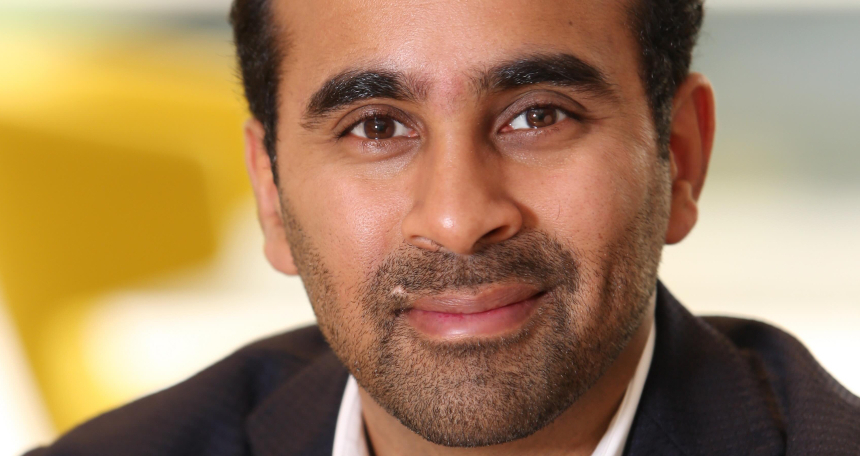
Artificial intelligence is rapidly reshaping the financial sector, with asset managers using AI to work through vast datasets, compliance teams using AI to monitor for new risks and regulations, and client service teams using AI to improve personalisation and efficiency.
Against this backdrop, regulators across the globe are racing to keep up, each taking their own approach. The European Union is pressing ahead with the AI Act, focusing on transparency and risk management. The United States is favouring innovation and sector-led guidance, while major Asian financial centres like Singapore and Hong Kong are blending robust oversight with an appetite for swift adoption.
For financial institutions that operate internationally, this patchwork of differing rules means they must juggle a growing number of local laws, driving up compliance costs and complexity, and making it ever more challenging to operate seamlessly across borders.
The false promise of global standards
On paper, standardisation of all these different regulations would have its benefits. If everyone agreed on how to regulate AI in finance, compliance would be simpler, cross-border business would be easier, and investors and customers would have more confidence. It’s no wonder so many policymakers and industry groups talk about the need for “alignment” and “harmonisation”, creating the image of an industry and cross-country relationships where algorithms and data move seamlessly across borders.
But this isn’t realistic. Even before AI, financial rules reflected the values, politics, and risk appetite of the locations they were implemented. Data privacy, anti-money laundering, and consumer protection were all shaped by local context for decades. These factors suggest that AI will be the same. In fact, AI’s complexity and the speed at which it’s developing only make these differences stand out even more, making a global agreement less likely and more challenging.
The value of difference
Rather than seeing fragmentation as a problem, smart organisations are starting to realise that being able to adapt is their greatest strength. In reality, regulations are continually pulling further apart. The European Union pushes for transparency and accountability, the United States focuses on innovation and quick progress, and Asian financial centres mix practical thinking with fast adoption. Each approach makes sense for its own region and can’t be squeezed into a single set of rules without losing what makes it work locally.
It is not just about following different laws. Customers want their banks and investment platforms to understand their language, culture, and way of doing things. AI systems that work well in one country might fall short, or even cause problems, in another. The most successful institutions are those that build flexible, modular systems that can be changed to fit each region.
Preparing for constant change
Believing in global standardisation is risky because it encourages organisations to build for a future that is never going to come. The pace of regulatory change around AI is speeding up every year. New rules are being written, updated, and debated all over the world. Trying to “future-proof” with rigid compliance plans is a sure way to get left behind.
Instead, financial companies need to see change as a permanent feature of the landscape. They should invest in AI systems that can be quickly adjusted as local laws develop. This calls for governance structures that give regional teams the power to respond to new policies quickly, instead of waiting for orders from the top. Most importantly, compliance should be seen as something that evolves every day, built into the way teams work and the technology they use, not a box-ticking exercise at the end.
Agility is the real competitive edge
The financial institutions that will succeed are not the ones waiting for the world to agree on AI rules. They are the ones who make agility part of their culture, ready to shift, localise, and rethink their approach as circumstances change. Agility requires leaders who see changing rules as a chance to stand out and grow, not just as a headache.
We already see financial firms that embrace local adaptation doing better than those who don’t. They work closely with regulators in every market, finding ways forward together instead of waiting for instructions. They build teams who really get the local picture. Their AI systems are set up to take feedback, learn from mistakes, and keep improving – making sure they stay compliant and keep customers’ trust, even as the rules shift under their feet.
Thriving in a world without consensus
The idea that finance will one day have a single, global set of AI rules is a fantasy. Rather than chasing an impossible consensus, institutions should focus on becoming even better at adapting to change. The financial sector has always done well by being able to interpret, localise, and find new ways to solve problems. With AI, this skill is more important than ever. The future of AI in finance belongs to those who see difference as a strength.
